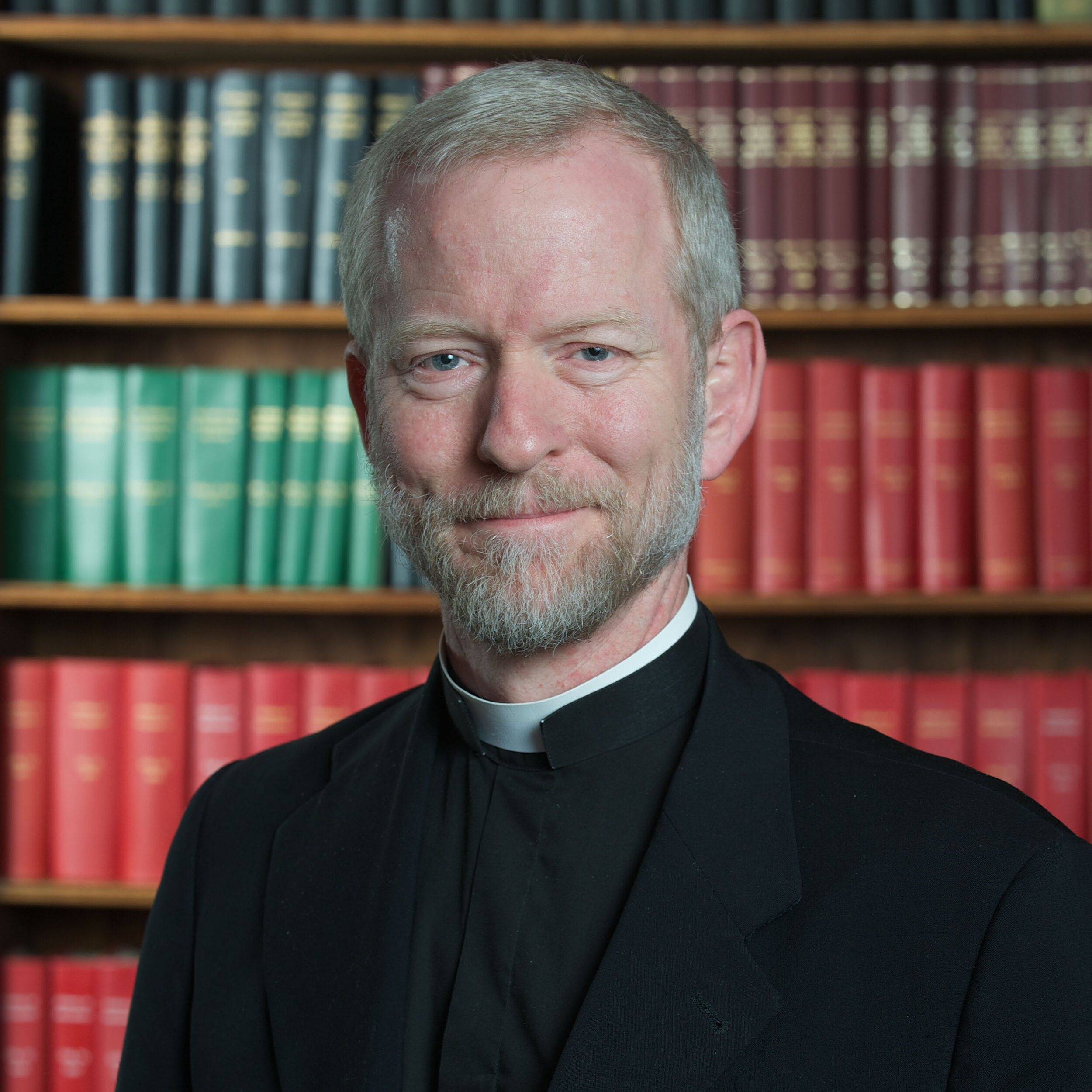Making Sense of Bioethics: Column 085: The Embryo That Grew Up
Those who seek to justify abortion often try to minimize or deny the humanity of the embryo. In a recent online forum, for example, one participant wrote: “I became a human being at the point that my senses functioned as those of a human being. Before that I was just a mass of cells.” Another followed up: “A pile of cells in a woman's uterus is not a human being. It lives off of and is part of that woman's body.” The implication, of course, is that a woman ought to be able to do what she wants with her body, including the removal of any particular “pile of cells” that might pose a threat to her freedom.
Yet those cells are not posing a threat in the same way that cancerous tumor cells might. Instead, the cells of the embryo will upset her lifestyle by demanding that several months hence, she focus her attention on a bubbly, gurgling baby, and then a few years later, on a young child who needs an education, and then on a boisterous and strong-willed adolescent transitioning into adulthood, and then, possibly, on grandchildren, and so on. The cells of the embryo are not “just” a pile of cells, but an orchestration of living humanity known as a human being, marvelously complex, highly-ordered and structured, growing, expanding and developing in precise ways with each passing hour of intrauterine life.
Embryos, of course, do not spontaneously transform into human beings at the moment that their senses start to function, any more than they spontaneously transform into human beings at the moment that their kidneys start to purify waste, or their intestines start to process nourishment, or their heart starts to beat, or their limbs start to move, or their brain begins to function, each of which occurs at different timepoints along the embryo’s normal path of growth and development.
The embryo’s growth and development involves carefully choreographed biochemical steps and physiological changes that can be partially derailed by certain drugs. In the late 1950s and early 1960s, for example, the drug thalidomide was prescribed to pregnant women as a cure for morning sickness, but was quickly found to cause severe developmental defects and malformations in the newborn. Thalidomide's devastating effects resulted in the drug’s being banned worldwide, after more than 10,000 children had been born with major thalidomide-related problems, including shortened or missing arms, hands extending from the shoulders, missing thumbs, and similar problems with the lower extremities, as well as abnormalities in the eyes, ears, heart, genitals, kidneys, and other organ systems.
Philosophers and politicians will sometimes argue that an embryo prior to 8 weeks of gestation is not yet a human being, and suggest that early abortions, embryo experimentation, etc. should therefore be acceptable. The thalidomide drama of the late 1950’s and early 1960’s makes it clear that if women were not pregnant with a human being prior to 8 weeks of age, then taking a teratogen (causing embryo malformations) like thalidomide would not raise any concerns, since no human being would be present to be harmed by the drug. If there was no being that was human during the first trimester, then no disabilities would have occurred. But it is well known that the most drug-susceptible time during a pregnancy is the first trimester, specifically between the 4th and 7th week of gestation. Most of the children born without limbs were exposed to thalidomide during this time, when abortion advocates like to dissimulate and pretend that no human being is actually present.
Each human being arises at fertilization and exists as a biological continuum thereafter: at the joining of the sperm with the egg cell’s membrane, a measurable depolarization occurs across that membrane that sets in motion a cascade of biochemical events and changes that will continue in a stepwise, uninterrupted fashion leading to the adult taxpayer. Meanwhile, the egg, if simply left to itself in the absence of sperm, will manage to live but for a few hours, and then die. Upon fusion with a sperm, however, the egg qua egg no longer exists, and an embryo, a human being at the earliest stage of his or her existence, genetically distinct from his or her mother, will be simultaneously engendered and launched onto the trajectory of "growing up," representing a new entity that can live for more than a hundred years. Such embryos are first nourished in the maternal womb, then at the maternal breast, then at the family dinner table and at fast food restaurants. Each of us is precisely such an embryo who has been allowed to grow up.
Copyright © 2020, The National Catholic Bioethics Center, Philadelphia, PA. All rights reserved.

